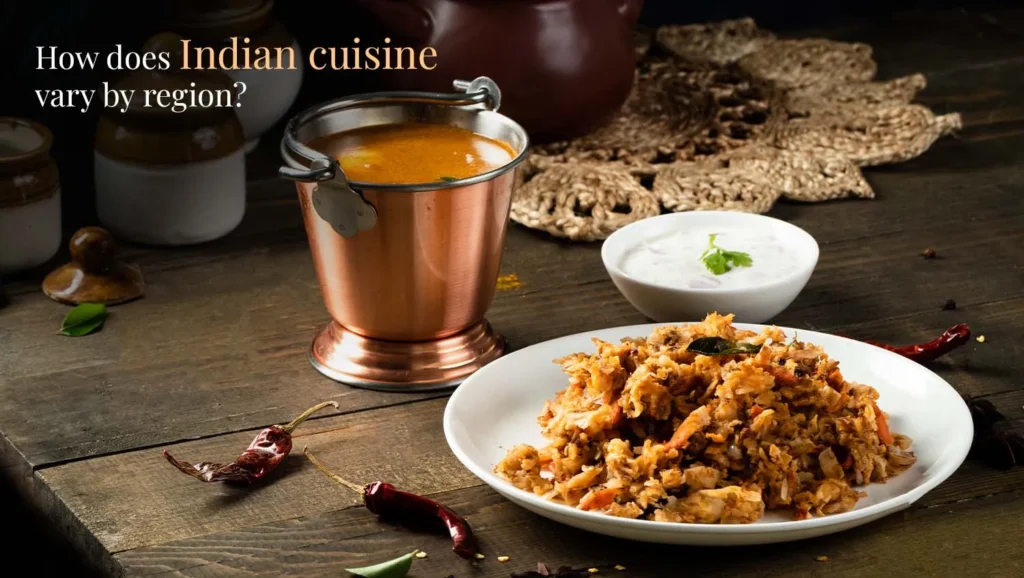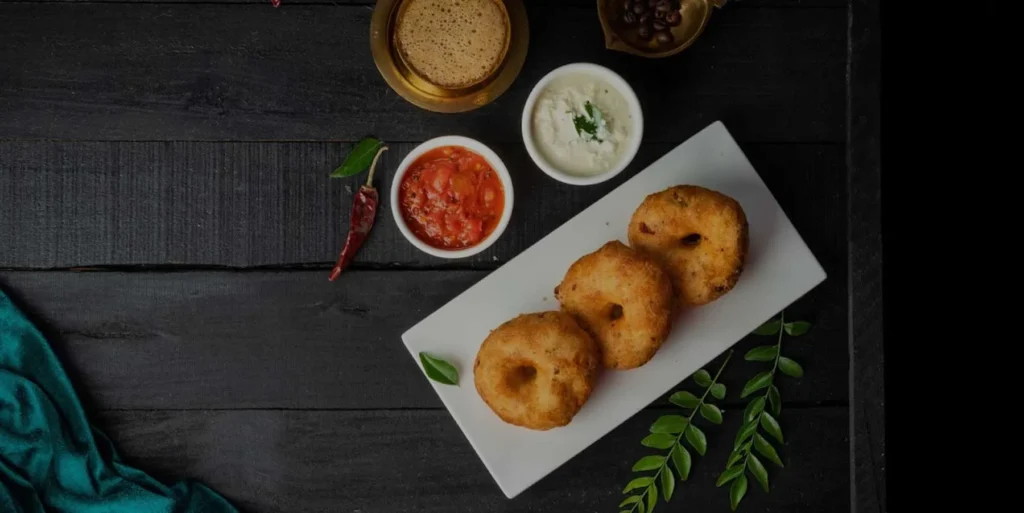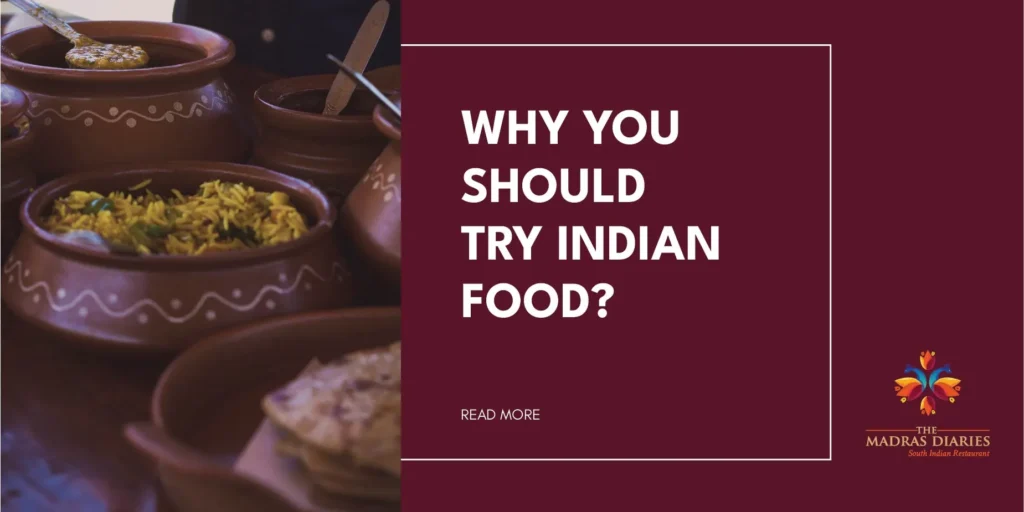Has anybody told you that Indian cuisine is only about a South Indian or a North Indian thalli? Well, it’s not so… Just like the maps of India have different regions, there are a variety of Indian cuisines by region.
You will be amazed to learn that historical rulers have influenced the food people consume in certain regions, and it also varies depending on the climate and traditions they follow. Isn’t that beautiful and interesting?
So, let’s dive deep to know how Indian foods vary by region. A bit of history and more food knowledge are on their way!
India is divided into six regions: Southern, Western, Eastern, Northern, Central and Northeast.
South Indian Cuisine
The southern region of India has a tropical climate with a vast coastal line, making it home to seafood varieties and coconut-based cuisines. A deep dive into history shows that Southern Indian cuisine is influenced by the kings of Cholas and Pandayas who ruled the region. The trade with Southeast Asia has brought the chilli star to the region.
The strong Dravidian culture and the presence of temple kitchens that operated for daily offerings have shaped southern Indian cuisine, providing many vegetarian options like idli, sambar and dosa, which are all probiotic and healthy.
A quick look into the authentic dishes from a few regions of southern India:
- Kerala: From the yummiest seafood, meen polichathu, to the coconut pudding desert, this region covers everything from the coast to coconut.
- Tamil Nadu: From varieties of dosa to authentic Gramathu meen kozhambu and Chettinad biryani, Tamil Nadu covers everything for vegetarians and non-vegetarians.
- Telangana: Biryanis are found to be the stars of Telangana because of the Mughal influence, but they are also known for kebabs and haleem.
Western Indian Cuisine
Western India has a mix of climates, with Gujarat having an arid climate and the Konkan coast having a coastline. Hence, their cuisines are a concentrated mix of pulses, millet, and seafood.
Having had a Historical trade relationship with the Mughal, Portuguese, Arabian, and Persian empires, Western Indian cuisines are influenced by dates, figs, yogurt, and saffron.
Some Western Indian foods that are drool-worthy:
- Goa: Goan vindaloo and fish curries made with coconut milk are a few of the must-try authentic Goan dishes.
- Gujarat: Dhokla, steamed lentil cake, is a must-try of Gujarati cuisine and makes a better breakfast.
Eastern Indian Cuisine
Eastern India is primarily known for its desserts, with mustard oil being the most commonly used oil in most of its mouth-watering cuisines. That said, Eastern India has lighter dishes with less oil-based cuisines.
West Bengal, a part of eastern India, popularly has fish curries as its authentic dish, and they make it their own by adding mustard oil and making it yum.
What not to miss when in Eastern India:
- Odisha: Dalma, Macha Besar, Pakhala, and Chhenapoda are some of their authentic cuisines that are worth drooling over.
- West Bengal: Roshogolla and Roshomalai are among the few desserts that are truly authentic from West Bengal.
North Indian Cuisine
Invaders from central Asia and the Middle East have been a major source of influence in northern Indian cuisine. Not to miss that the Mughal invasion has also shaped the north Indian cuisine, making it more vibrant and flavourful.
From the iconic butter chicken and paneer tikka masala to the mouth-watering biryanis and kebabs influenced by the Mughal era, Northern Indian cuisine is a feast for everyday celebration.
Food delicacy from the Northern India you shouldn’t be missing:
Punjab: If you are craving some mouthwatering authentic dishes, it has to be the Tandoori chicken, Dal makhani, and Butter chicken, which are the most authentic North Indian cuisines.
Bonus tip: You can find these supreme Indian delicacies in the Madras diaries.
- Jammu: Jammu is famous for its quality ‘Basmati rice,’ ‘Rajmah’ (red kidney beans), and black lentils, known throughout north India as ‘ Mah-ki-dal.’
- Delhi: Melt-in-your-mouth kebabs and parathas which are flatbreads stuffed with fillings like potatoes, cauliflower, and paneer (Indian cottage cheese) served until golden brown and crispy are not to be missed.
Central Indian Cuisine
Since central India was the major trade route between the southern and the northern regions, it has influenced the ingredients in the cuisine with spices from the south and nuts and dried fruits from the north, enriching the central Indian cuisine.
Madhya Pradesh
Poha is a flattened rice dish cooked with vegetables and spices. It is a popular breakfast option you can’t miss out on in Madhya Pradesh.
Dal Bafle is a comforting combination of lentils (dal) tempered with ghee and spices, served with bafla and steamed bread made with wheat flour.
Malpua is essentially an Indian version of pancakes, but richer and more decadent. It consists of deep-fried flatbreads dipped in sugar syrup and served with rabri, a sweet condensed milk pudding.
Palak Puri, a healthier and more flavourful twist on the classic Puri, is made with dough infused with spinach (palak) and deep-fried until golden brown. It is typically enjoyed for breakfast.
North Eastern India
North East India has all the beauty a region can offer, and its foods are also aesthetic to the taste buds.
North East India has hot and humid summers followed by heavy monsoons. Rice becomes their go-to and locally available ingredients like bamboo shoots, herbs and various greens are used extensively.
Major Chinese influence is seen in North Eastern foods because North East India was the trade route between India and China, not to mention the tribal influence, which employed cooking methods like smoking and roasting over bamboo.
Assam:
Masor Tenga is a tangy and flavourful fish curry cooked with tomatoes and mustard seeds.
Khar is a light and comforting lentil soup flavoured with local herbs.
Nagaland:
Axone is a fermented soybean dish with a unique flavour, a legacy of the region’s love for fermented foods.
Akuri is a stir-fried dish with vegetables, meat (often pork), and scrambled eggs.
So next time you are in India, and if you crave the most authentic Indian cuisines, The Madras Diaries welcomes you to experience the flavours of India.



